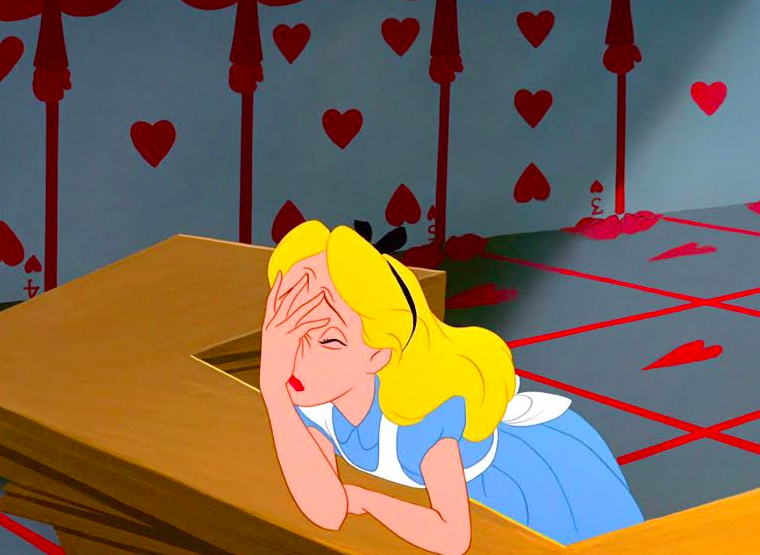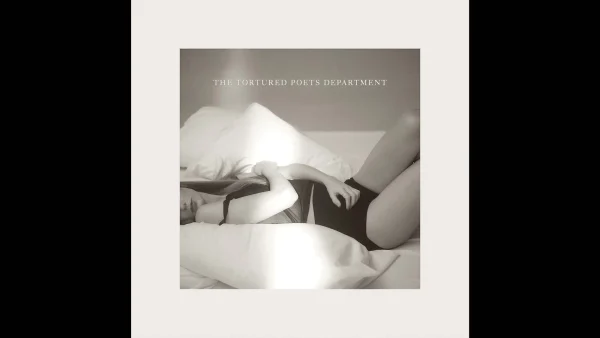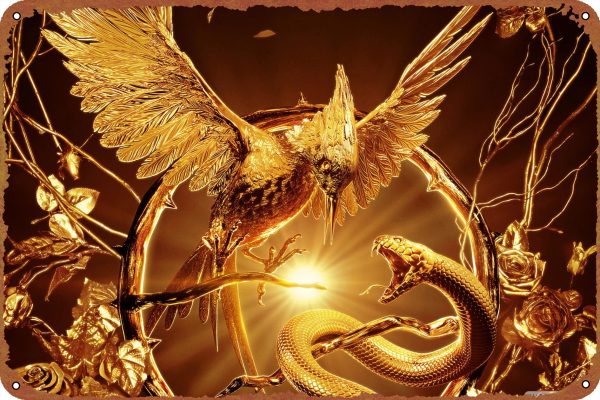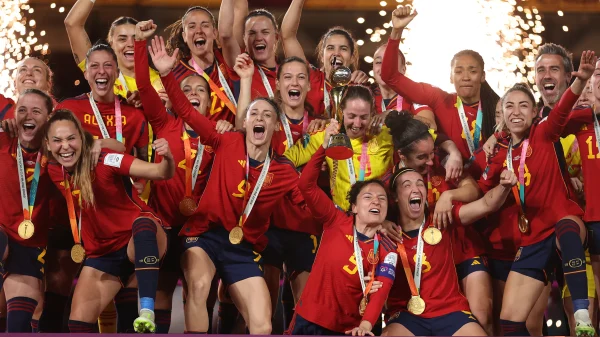Down the Disney rabbit hole
We are all familiar with the iconic 1951 Disney movie Alice in Wonderland. With ominous backgrounds and bright technicolor characters, this is the adaptation that usually springs to mind. Although the movie is appreciated today, it got the (dis)honor of being Walt Disney studio’s first box-office flop. The movie was received so poorly that, at the time, Walt Disney practically disowned the movie; stating it “lacked heart”.
Alice in Wonderland was released shortly after World War II when, due to the baby boom, the amount of families with young children grew exponentially. Parents wanted movies with clear plots and morals to show their children, something that Alice in Wonderland lacked.
Also consider: although the movie has beautiful animation, it did not resemble the beloved original illustrations seen in the book. The original book’s illustrations, done by English artist John Tenniel, were much more intricate–sporting both cross-hatch shading and lifelike depictions of the environment. If done in the original style, the animation process would be extremely time consuming; everything would have to be drawn almost completely frame-by-frame. This led Disney to redesign the characters.
Additionally, the animators were working on Cinderella at the time, which explains similarities in character designs. One such example is the Cheshire Cat; eagle-eyed viewers could see his resemblance with Lucifer, the wicked stepmother’s cat. This redesign contributed to the movie being received poorly in Great Britain. Several critics claimed Disney “americanized” the timeless novel, as critics expected it to be based on Tenniel’s original illustrations.
Finally, Alice in Wonderland proved to be a hard book to adapt–having little plot and character development. Alice herself was an issue; she is constantly doing what other characters ordered her to do and acting passively throughout most of the book. This characterization in the book makes her a difficult character to give personality on screen. In addition, Disney decided to fuse both Alice books, Alice in Wonderland and Through the Looking Glass, since he found some of the characters from the original book hard to adapt. Many Carroll fans were not appreciative of the way Disney decided to cram both books into ninety minutes of screentime.
The movie only gained its fame in the sixties when the population started looking for more movies with less plot and more production design, as was shown by the 1968 box office hit 2001: A Space Odyssey. Audiences appreciated the dark background mixed with the vibrant color palette of the characters, something uncommon in other animated movies.
Ultimately, Disney’s Alice in Wonderland has some good qualities, boasting notable designs that accurately capture the nonsensical spirit of Wonderland despite it not mimicking the novel. The main issue is that it was released in the wrong decade; had the movie been released in the sixties, it would have been a definite hit rather than Walt Disney’s only flop. Is it the best Disney movie? Probably not, but it undoubtedly has its own timeless charm that one cannot find anywhere else.
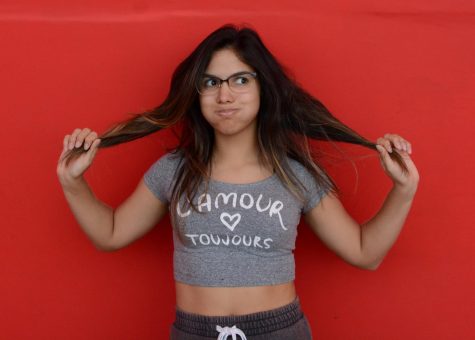
The senior, Bruna Piccin, is known for being an extreme morning person despite it being a monday and for eating very slowly during lunch meetings. She...

